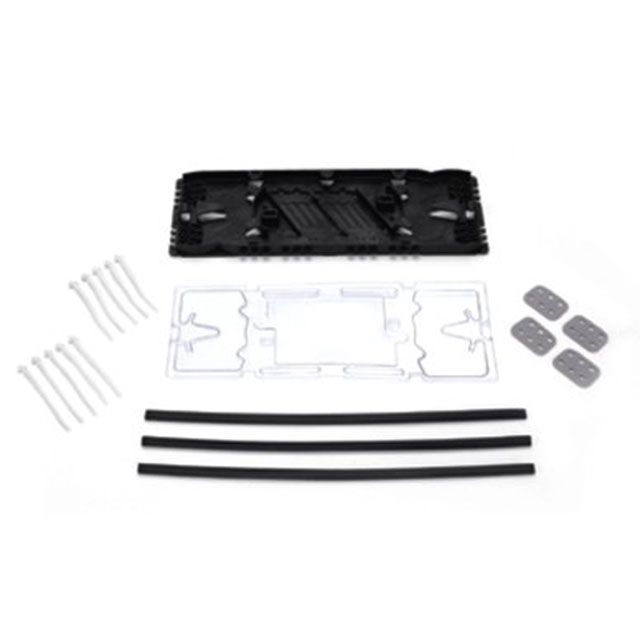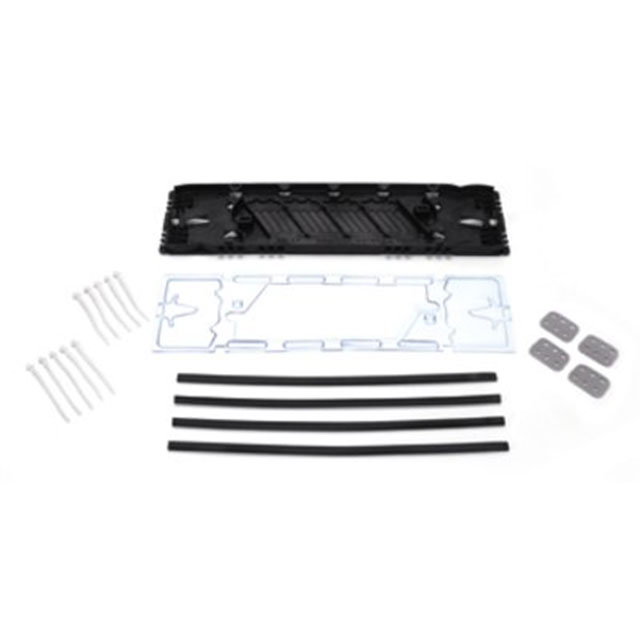2178 Series, Fiber Optic Cables
Results:
7
Manufacturer
Series
Specifications
Type
Features
Results remaining:7
Applied Filters:
2178
About Fiber Optic Cables
Fiber optics are a type of cable that consists of a glass or plastic thread, known as an optical fiber, encased within a protective jacket. These cables are designed to transmit data and information through the use of light signals, utilizing the principle of total internal reflection.
The optical fiber at the core of the cable is incredibly thin, typically only a few micrometers in diameter. It is made of high-quality materials such as silica glass or plastic polymers that have excellent optical properties. The core is surrounded by a cladding layer, which has a slightly lower refractive index to ensure that light signals remain trapped within the fiber core during transmission.
The protective jacket serves as an outer covering for the fiber optic cable, providing mechanical protection against bending, stretching, and other forms of physical damage. It is typically made of materials like PVC or polyethylene, which are durable and resistant to environmental factors such as moisture, temperature variations, and chemical exposure.
Fiber optic cables are widely used in telecommunications, networking, and data transmission applications due to their numerous advantages over traditional copper cables. They offer higher bandwidth capacity, faster data transfer rates, longer transmission distances, and greater immunity to electromagnetic interference. Additionally, fiber optics are more lightweight, flexible, and immune to signal degradation caused by factors like crosstalk or attenuation.
The versatility and efficiency of fiber optic cables have made them indispensable in various industries, including telecommunications, internet services, broadcasting, healthcare, and scientific research. They play a crucial role in enabling high-speed internet connections, long-distance communication, and the transmission of large amounts of data with minimal loss or distortion.
In summary, fiber optics are cables that contain a glass or plastic thread known as an optical fiber, which is enclosed within a protective jacket. These cables utilize light signals to transmit data, offering numerous advantages over traditional copper cables. Their widespread use in telecommunications and other industries highlights their importance in modern communication systems.

.jpg)




.jpg)
